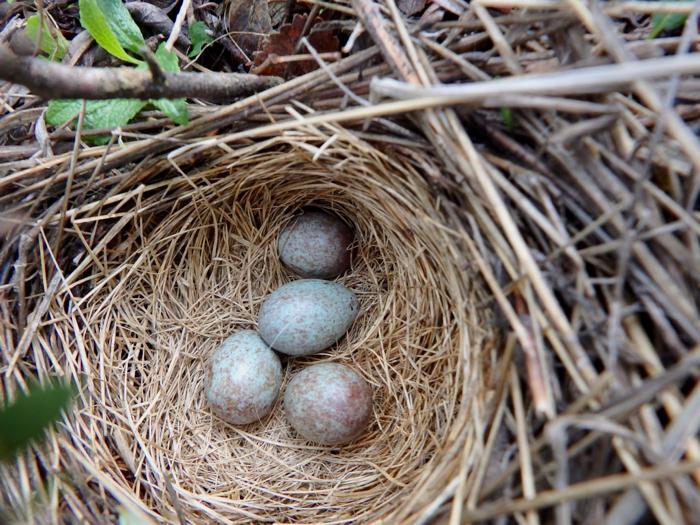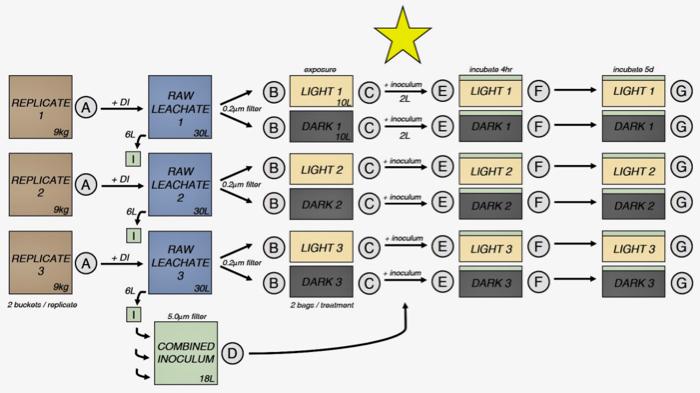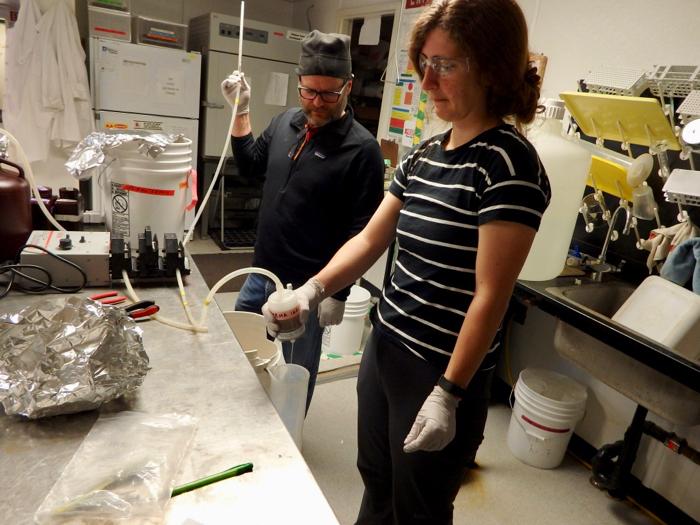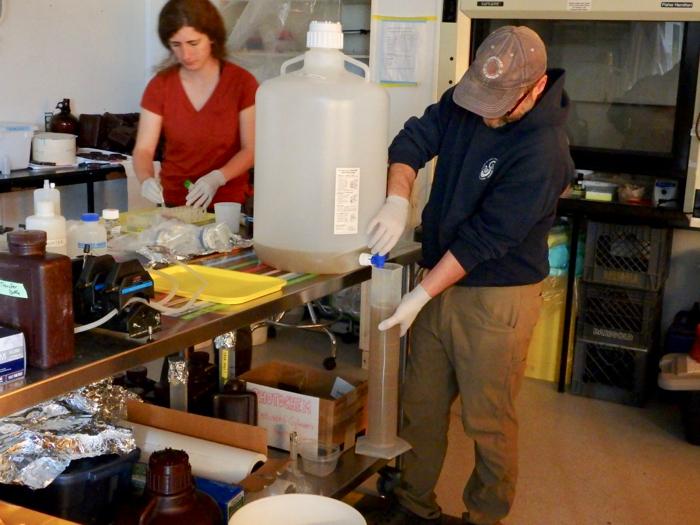Photo-Bio Part 5: Inoculation
Toolik Field Station, North Slope, AK
June 21, 2019
Video of the Day:
The below video provides a great comparison of two amazing birds. On the left is a white-crowned sparrow (Zonotrichia leucophrys), and on the right is a bluethroat (Luscinia svecica). I’ve been waking up to the songs of both of these birds outside my WeatherPort for the past couple of days. While relatively common in Europe and Asia, the bluethroat’s only North American presence is in northern Alaska. It was so great to finally see this bird, as I’ve read about it for many years. The white-crowned sparrows up here are also really great to see; while they winter in Texas, this is the first time I’ve seen them in their breeding range (see “Photo of the Day” below).
Photo of the Day:
 White-crowned sparrow nest near Atigun Gorge on the North Slope of Alaska.
White-crowned sparrow nest near Atigun Gorge on the North Slope of Alaska.
As a preface to this post, you’ll benefit from reading my overview of the photo-bio project and my reports on Part 1, Part 2, Part 3, and Part 4. It’s important to pay attention to the key independent variables:
- Soil Type - Surface layer (organic mat) soil vs. permafrost
- Sunlight Exposure - Dark control vs. sunlight-exposed.
After photoexposure of the permafrost leachate samples outside for 24 hours, the gas-tight tubes were collected for analysis of oxygen consumption and carbon dioxide production during photoexposure (as compared to the dark controls). The Whirl-PakⓇ bags were combined (there are still three experimental replicates) and readied for inoculation with bacteria from the permafrost. Here’s where we are in the flow-chart:
 Timeline of the processing of soil samples for the photo-bio research project this summer. What we're currently doing, inoculation of filtered permafrost leachate, is starred (yellow). Image Source: Natasha Christman (Oregon State University).
Timeline of the processing of soil samples for the photo-bio research project this summer. What we're currently doing, inoculation of filtered permafrost leachate, is starred (yellow). Image Source: Natasha Christman (Oregon State University).
The inoculum was prepared by passing the original crude permafrost leachate (see Part 2) through a 5 micron filter, which served to remove larger, undissolved particulates. The bacteria from the permafrost remained in this filtered leachate and was used as inoculum.
 Graduate student Natasha Christman and Dr. Byron Crump prepare inoculum by passing crude permafrost leachate through a 5 micron filter. Toolik Field Station, North Slope, AK.
Graduate student Natasha Christman and Dr. Byron Crump prepare inoculum by passing crude permafrost leachate through a 5 micron filter. Toolik Field Station, North Slope, AK.
If you recall (see Part 2 for more details), there are three experimental replicates of permafrost leachate. At this point, for each replicate, we have 10 liters of sunlight-exposed sample and 10 liters of dark control sample. To each 10 liter sample, for all three replicates, we added 2 liters of prepared inoculum.
 Dr. Byron Crump fills a graduated cylinder of prepared inoculum. Toolik Field Station, North Slope, AK.
Dr. Byron Crump fills a graduated cylinder of prepared inoculum. Toolik Field Station, North Slope, AK.
Inoculated samples (sunlight-exposed and dark control) are being incubated in the cold room for the next five days. Some sample is being incubated in gas-tight tubes to allow for later evaluation of oxygen consumption and carbon dioxide production during incubation. Remaining sample is being incubated is large plastic containers. Samples will be taken from these containers at various points during incubation to evaluate chemistry, microbial efficiency, and and microbial community response. The critical time points are at 4 hours and 5 days.
 Research technician Katie Polik transfers inoculated permafrost leachate sample to gas-tight tubes. Toolik Field Station, North Slope, AK.
Research technician Katie Polik transfers inoculated permafrost leachate sample to gas-tight tubes. Toolik Field Station, North Slope, AK.
The inoculation process was the busiest day in the lab so far. There was lots to do, and all hands were on deck. During the permafrost sample incubation period, we’ll be repeating Parts 2-5 with soil samples from the organic mat layer (recall that in addition to sunlight-exposed vs. dark control, we’re also comparing permafrost soil to organic mat soil).
Comment below!


Add new comment